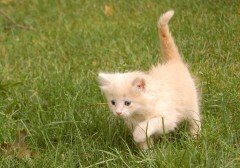
Like kids, pet animals are also naturally photogenic. When these furry little beings become part of your family, they also make a way to your hearts, and as such, you would like to preserve those cherishing moments of your new best friend in the form of photographs. Just like kids, pets too are not easy to photograph either. But you need not worry. Given here are 11 tips to help you bring out the best in your pets while you shoot them.
-
Shoot In Diffused Light
Like I always say, light is the most important element in photography and pet photography is no exception. Try shooting your pets in soft-light — preferably when the light comes through the clouds, in shade or during dawn/ dusk. This will define the individual fur strands of your pet while giving it a soft ambiance. Also proper exposure is necessary. Animal furs absorb some light. Therefore a slight over exposure can be used while shooting animals. To the contrary, if you have a light colored pet sitting in a bright light, a bit of underexposure would be good to go. Do not shoot in direct sunlight to avoid harsh shadows.
-
Focus On The Eyes
Like humans, animals cannot convey different facial expressions. But their eyes are super expressive and utterly beautiful. Try to keep the eyes of your pets in sharp focus while shooting them to bring out an extraordinary attraction to the pictures.
-
Shoot Their True Personality
Your pet might get uncomfortable if you force them to pose according to your wish. Do not command them to sit, stand or stay when they are not in the mood. Don’t yell and never try to shoot them forcibly during their meal time or nap time. Instead, let them be their true self and capture their natural action. A sleepy, yawning cat or an active playful dog can make amazing pictures. Some pets have unique talents. For example, some dogs can stand erect and dance while some can jump high and catch a Frisbee. If so, try capturing your friend’s outstanding skills too in the photograph.
-
Groom Your Pet
Before taking a shot, make your pet presentable enough. Bathe and comb them properly. Optionally, you can make them wear cute outfits to add to the “interestingness” of the photograph. In addition, only a healthy pet can make a good photograph. Therefore, proper diet and regular exercise like playing and walking are a must for your pet.
-
Make Your Pet Comfortable
Animals do not prefer to be stared at. And the continuous staring of the unblinking, one eyed camera might make them all the more uncomfortable. Sometimes, they like to be left alone. Make sure your pet is comfortable before taking a shot. Give them their favorite toy or treat them with their favorite food to help them ease-up. If your dog tries to sniff your camera, let it do so. (After all, your model deserves to be paid. ;-) )
-
Camera Settings
Just like kids, the motion and direction of animals are unpredictable. In order to freeze the action of your pet, use a high shutter speed, quick auto focus (preferable continuous focus mode or sports mode) and adequate lighting. To get the best shot, take multiple shots in continuous mode and shoot in RAW. For capturing motion, use panning. To blur the background, use a wide aperture which also helps you to get rid of the distractions. Avoid using flash as much as possible as it may startle the animal and create panic or arise anger and fear in it (and flash is not flattering on pet-portraits). Also, using a flash might create some optical distortion like the red-eye while shooting the eyes of animals. However, if your pet has a lustrous black fur coating, throw some extra light to bring out its shine. If shooting in RAW, you can enhance the color of the subject without giving it an artificial look by slowly increasing the contrast but using vibrancy control (to intensify colors and decrease saturation).
-
Know Your Pet
If your pet is new to you and your family, do some research on its behavior, eating habits etc. before shooting it. This will give you an idea about its most appealing posture. However, avoid getting too close if it growls or takes an attacking pose. One of the rules of photography that you can break while shooting pets, is that instead of closing one eye, keep both your eyes open. Keep one eye on the viewfinder and other on the subject to anticipate the subject’s forthcoming action so that you can be ready for the next shot.
-
Composition In Pet-Portraits
Elements of composition are very important while shooting pets. Try adding some toys or natural frames in the foreground. Also, be careful to contrast the background. For example, if your pet has a light color, use a dark background and vice versa. This will keep the subject in focus instead of merging it with the background color. You can also use the portrait setting of your camera to blur the background if it is cluttered. In addition, try to change your perspective. If you are taller than your pet, lie down on the floor or grass or sit down to get a better view. When shooting bigger animals like cows and horses, avoid head-on shots as this might make their face and nose look a lot bigger than the rest of their body.
-
Take Some Head-Shots
Filling the entire frame with your pets’ face, their little paws and those beautiful, oh so droopy eyes, can certainly give you the best shots of them. Use zoom lens and diffused light to take a close-up of your loved ones. To widen their eyes, try to surprise them and grab their attention. For example, if you call the name of your dog while he is lazily lying down on the floor, he might intend to roll his eyes up to look at you without lifting his face, giving you a great shot.
-
Include Your Kids
Kids and pets absolutely compliment each other in terms of photography. Even if you have a super amazing photograph, kids and pets can always steal the charm. Their cuteness, affection and innocence make them unmatched subjects for photography. As such, including your kid while taking a shot of your pet will double the attraction of your photograph. Take photos of your dog swimming with your son or your daughter reading out a story to her kitty while it sleeps in her lap. But do so, only if your pet is close to your kid.
-
Choose Appropriate Context
Shoot your pets where they like to hang out the most. Sneak out and take shots without making them aware of your presence. You can shoot rabbits and guinea pigs in the garden, cats while they sleep on the sofa, hamsters running on a wheel, dogs playing on the grass, parrots sitting on their perch (or your finger), turtles lying lazily in their tanks or a mouse curled up on someone’s palm. While shooting a goldfish, use the light of the aquarium instead of a flash and use a polarizing filter to avoid glass reflections. Avoid shooting across the wire maze of the cage of your pets.
Your pets are as dear to you as other members of your family. They have become an inseparable part of your life. It’s time now that they become a part of your family album too. Go ahead. Take some amazing shots of your pets and give them the appreciation they deserve.
Have you tried to photograph your pets? How did you make it work?

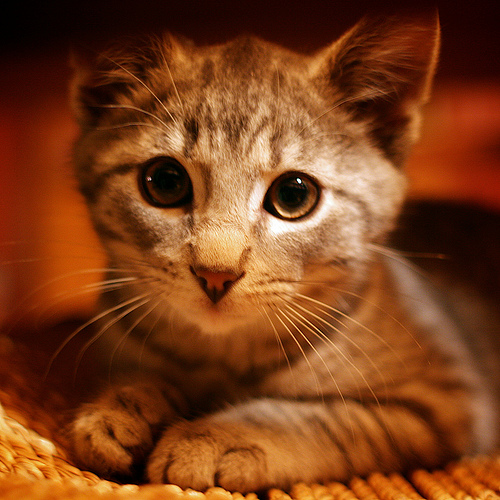
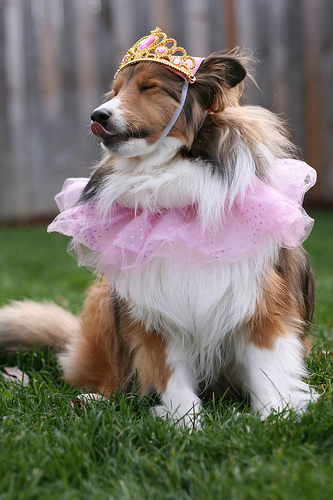
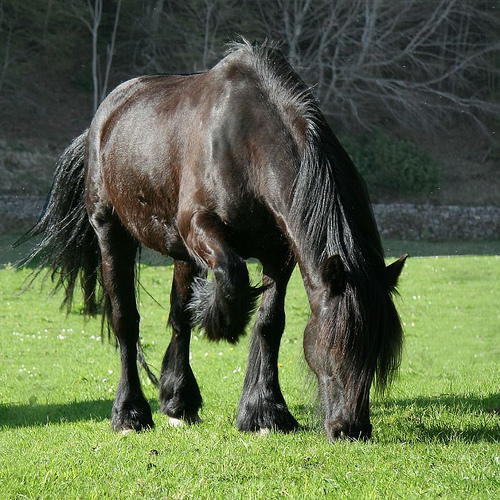
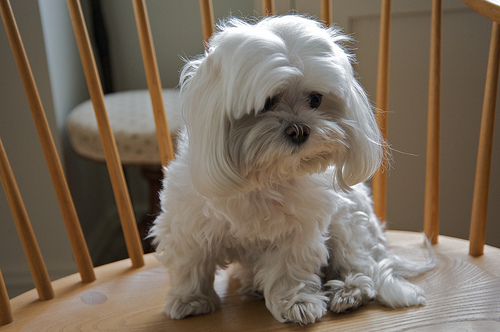
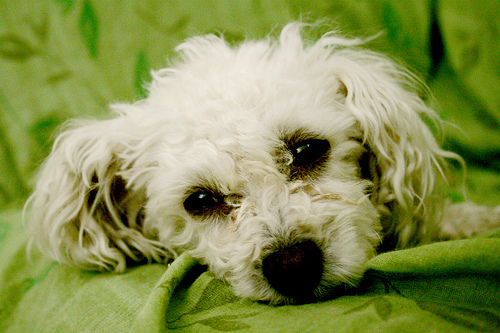
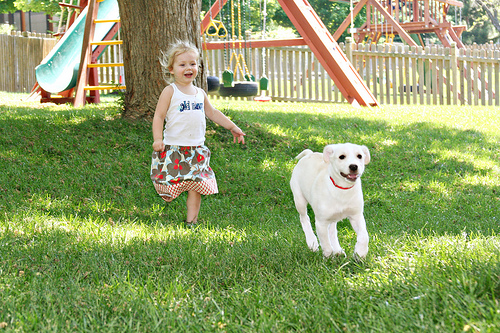
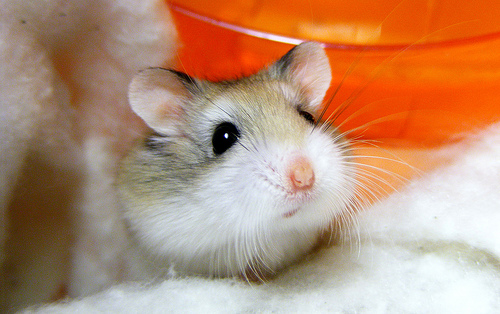

For me #3, “Shoot Their True Personality” really takes precedence. In photography it’s always about the subject.
Cats and dogs are such natural subjects for photography not because they’re so ubiquitous but because they have such great personalities.
The great thing about being a photographer who happens to own a pet is that you know best how to exploit their personalities for great images.
Does your cat go berserk around a paper bag? Do they have a catnip addiction? Are they stealthy hunters? Are they lazy, sun worshiping window ledge nappers? Or do they like to ambush the family dog?
Once you understand your pet, you have endless opportunities to capture great images. Everything else is secondary.